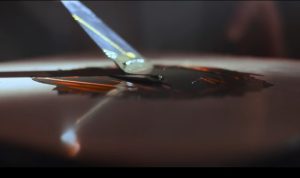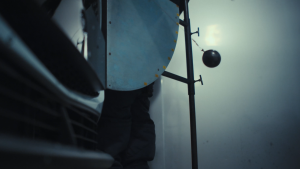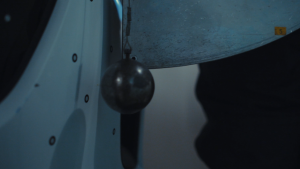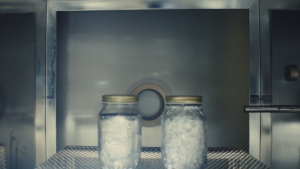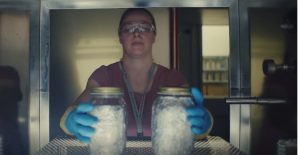Why a Toyota is the best car to drive on World Chocolate Day
Chocolate’s a treat that can be tricky to eat when travelling, but Toyota’s rigorous test procedures mean that even if things do get sticky on World Chocolate Day (7 July), any confectionary stains such as a choc ice dripped down a passenger seat, or a Mars bar melted in the central console, will be easy to tackle. It’s all part the company’s constant efforts to build cars that are reliable, long-lasting, comfortable and safe – and fun to drive, too.
Avoiding a choc-shock – the chocolate staining test
The chocolate test checks how stain-resistant Toyota seat materials are and how easily they can be cleaned if they’re marked.
Technicians rub a chocolate bar onto a car seat for different lengths of time, mirroring a common experience for anyone with chocolate-loving children. Next there’s a two-step cleaning process: first, immediate cleaning after staining, then a second test after 24 hours, once the stain has settled in. And to be really thorough, two different cleaning methods are used: one with just water, the other with soap as well.
It isn’t just chocolate that’s given this in-depth scrutiny; the same test is also used for fizzy drinks.
Here are some more Toyota extreme tests that tackle everyday issues with scientific thoroughness.
Slip, slap, slop – the sunscreen test
During the recent heatwave, drivers may have wondered whether their oily sunscreen could damage their car’s paintwork. Once again, Toyota has this covered.
Sunscreen is applied evenly to a painted test panel which is then heated in an oven for several hours. After that, the sunscreen is cleaned off and the part is checked for any discoloration, shrinkage, blistering or other issues.
Frozen solid – the cold impact test
This is conducted to assess the resistance of the materials used in Toyota cars to extreme temperatures.
To simulate real-life cold-snaps, car parts – or an entire vehicle – are deep-frozen to -30°c in a large chamber. Depending on which part being tested, specific weights are dropped onto it from different heights, to test whether it cracks or loses flexibility.
Smelling of roses – the new car scent test:
Who doesn’t love the distinctive scent of a brand-new car? Toyota doesn’t design this intentionally; it is a by-product of the manufacturing process.
Trained smell panellists sniff pieces of the parts to judge them on the pleasantness and intensity of the odour. If they don’t match up to requirements, Toyota works with the parts manufacturer to improve the scent.
Under pressure – the car washing test
This high-pressure washing test is carried out to confirm how resistant Toyota painted materials are to high-pressure car washing. Depending on which part of the vehicle is tested, water is sprayed at a set pressure and from different distances to check that the paint doesn’t peel off. The closer the spray gun is to the part, the more severe the test.
ENDS

